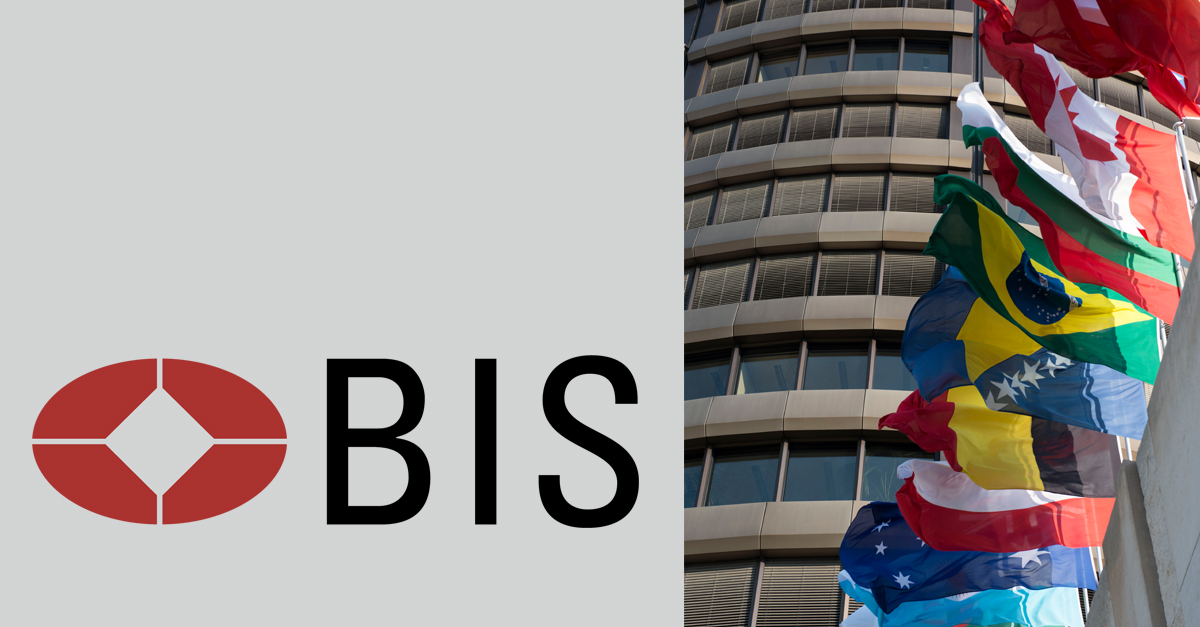Central Banks' Exit from the Economic Paradise: Adjusting to the New Financial Landscape
Economic paradise lost? Central banks face unprecedented challenges as inflation soars and markets grow volatile. Uncover three hidden forces reshaping the global economy. #FinancialSecurity #EconomicShift #InflationProtection #CentralBankStrategy #MarketVolatility

The global economy is undergoing a significant shift, marking the end of an era characterized by stable inflation and steady growth. This blog post discusses the challenges that central banks are facing as they handle this new financial terrain, drawing insights from Jean Boivin's speech at a Bank for International Settlements conference.
Key Takeaways:
👉 Central banks are facing unprecedented challenges in maintaining price stability
👉 Supply shocks, demand pressures, and de-anchored expectations are reshaping the economic environment
👉 Aggressive monetary policies and increased market volatility are likely in the near future
👉 Individuals should reassess their financial strategies to protect against inflation and economic uncertainty
👉Businesses need to adjust their operations and strategies to thrive in this new economic reality

The End of Economic Paradise
For decades, central banks around the world enjoyed a period of relative tranquillity, often referred to as the "Great Moderation." This era, spanning from the mid-1980s to 2007, was characterized by low and stable inflation rates, steady economic growth, and infrequent recessions. However, as Jean Boivin, a former Deputy Governor of the Bank of Canada, warns, we are now witnessing "the exit from the Garden of Eden," ushering in "a world of heightened uncertainty."
This shift has profound implications for central banks, financial markets, and everyday citizens. As we venture into this new economic landscape, it's crucial to understand the forces at play and how they might shape our financial future.

The Three Pillars of Economic Upheaval
Boivin identifies three key factors that are fundamentally altering the economic environment:
- Supply Shocks
- Demand Pressures
- De-anchored Expectations
Let's examine each of these in detail.
Supply Shocks: The Ripple Effects of Global Disruptions
Supply shocks refer to sudden changes in the supply of goods and services, often leading to price fluctuations. In recent years, two major events have significantly disrupted global supply chains:
- The COVID-19 Pandemic: The rapid spread of the virus led to widespread lockdowns, factory closures, and transportation disruptions. This caused shortages of various goods, from semiconductors to toilet paper, driving up prices across multiple sectors.
- Geopolitical Tensions: Trade wars, sanctions, and conflicts have further strained global supply networks.
These supply shocks have made it challenging for central banks to maintain price stability, a core aspect of their mandate. The inflation rate in 2021 and the inflation rate in 2022 were significantly higher than the typical 2% target in many developed economies, largely due to these supply-side pressures.

Demand Pressures: The Double-Edged Sword of Fiscal Stimulus
In response to the economic downturn caused by the COVID-19 pandemic, governments worldwide implemented massive fiscal stimulus programs. While these measures were necessary to prevent economic collapse, they've also contributed to overheating some economies. Key aspects of this demand-side pressure include:
- Direct Payments to Individuals: Many countries, including the United States, provided inflation relief checks to citizens, boosting consumer spending.
- Business Support Programs: Loans and grants to businesses helped maintain employment levels and prevent widespread bankruptcies.
- Infrastructure Spending: Large-scale public investment projects aimed to create jobs and stimulate economic activity.
While these measures helped avert a prolonged recession, they've also contributed to inflationary pressures. The current inflation rate in many countries reflects this surge in demand meeting constrained supply, creating a perfect storm for price increases.

De-anchored Expectations: The Psychology of Inflation
Perhaps the most concerning factor for central banks is the de-anchoring of inflation expectations. For years, central banks worked hard to anchor long-term inflation expectations around their target rate, typically 2%. This anchoring helped maintain price stability by influencing wage negotiations, price-setting behaviours, and investment decisions.
However, as Boivin notes, we're now seeing these long-term inflation forecasts become increasingly unreliable. This de-anchoring can lead to a self-fulfilling prophecy:
- If people expect higher inflation, they may demand higher wages.
- Businesses, anticipating higher costs, may preemptively raise prices.
- This cycle can lead to sustained high inflation, even in the absence of underlying economic pressures.
The challenge for central banks is to re-anchor these expectations before they spiral out of control.
Central Banks' Response: Handling Uncharted Waters
Faced with these challenges, central banks are having to rethink their strategies and tools. Let's examine some of the key approaches they're employing:
Aggressive Interest Rate Hikes
One of the primary tools in a central bank's arsenal is the ability to set interest rates. In response to rising inflation, many central banks have implemented aggressive rate hikes. For example:
- The Federal Reserve: Under Chair Jerome Powell, the Fed has raised interest rates at a pace not seen in decades. These interest rates aim to cool down the economy and bring inflation under control.
- The European Central Bank: After years of negative interest rates, the ECB has also begun raising rates to combat inflation in the Eurozone.
- The Bank of England: The UK's central bank has similarly raised rates to their highest level in years.
These rate hikes have far-reaching effects, influencing everything from mortgage rates to the cost of business loans. While necessary to combat inflation, they also risk slowing economic growth or even triggering a recession.

Balance Sheet Management
Beyond interest rates, central banks are also focusing on managing their balance sheets. This involves two key strategies:
- Quantitative Tightening (QT): Many central banks are reducing their holdings of government bonds and other securities, effectively removing money from the financial system. This contrasts with the Quantitative Easing (QE) programs implemented during the 2008 financial crisis and the COVID-19 pandemic.
- Forward Guidance: Central banks are using clear communication strategies to signal their future intentions, helping to shape market expectations and behavior.
Maintaining Independence and Credibility
Boivin emphasizes the importance of central bank independence and their commitment to price stability mandates. This is crucial for several reasons:
- Political Pressure: In times of economic stress, there may be political pressure to prioritize short-term growth over long-term price stability. Central bank independence helps resist these pressures.
- Credibility: The effectiveness of monetary policy largely depends on the central bank's credibility. If market participants believe the bank will stick to its inflation targets, it becomes easier to manage expectations.
- Long-term Stability: While short-term pain may be necessary to bring inflation under control, the long-term benefits of price stability are substantial for economic growth and financial stability.
Adapting to the New Normal
The exit from the economic "Garden of Eden" presents significant challenges for central banks, individuals, and businesses alike. As we adjust to this new landscape of heightened uncertainty, adaptability and informed decision-making will be key.
P.S. How do you think these economic shifts will affect your personal finances or business operations? Share your thoughts and experiences in the comments below. Your insights could help others adjust to these challenging times!
Disclaimer: The views expressed in this blog are not necessarily those of the blog writer and his affiliations and are for informational purposes only.
If you found this blog post insightful, don’t forget to subscribe to our website for more updates. Your subscription will help us continue to bring you the latest insights. And if you think this post could benefit others, please feel free to share it. Let’s spread the knowledge together!

Your Linkedin Platform for staying informed through FinFormed


